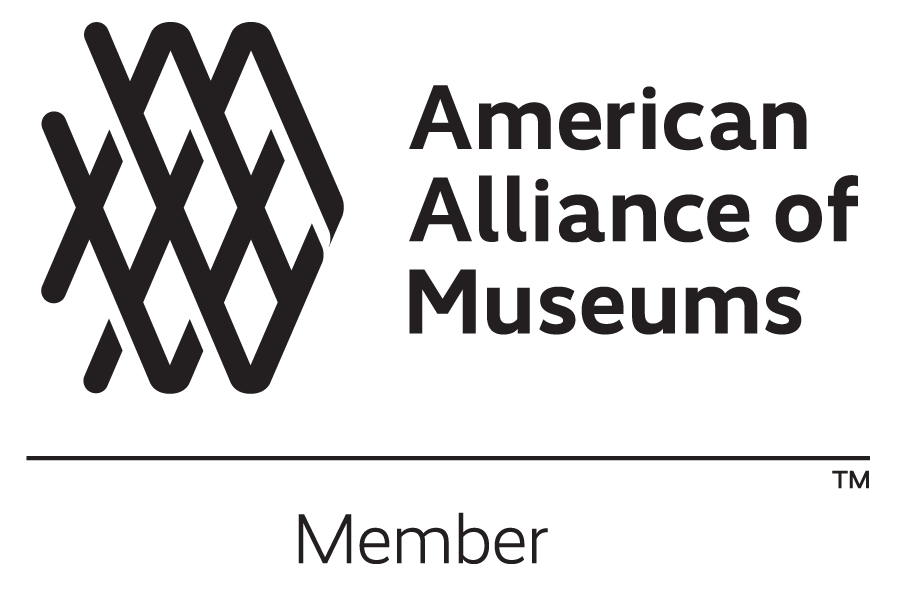The Art of Toasting in the Colonial Era
By Jack Campbell
Programs & Events Associate Jack Campbell explores the tradition of toasting in Colonial America, as well as the larger history of the practice.
““Behold the rain which descends from heaven upon our vineyards. There it enters the roots of the vines, to be changed into wine, a constant proof that God loves us, and loves to see us happy””
This amusing and often misquoted phrase is a great example of an 18th-century toast from Benjamin Franklin. [i] It originated in a letter Franklin sent in 1779 to the Abbe Morellet. Rather than saying that "beer is proof that God loves us and wants us to be happy," Franklin was discussing biblical mentioning of wine and was thus inspired to come up with his toast. [ii]
Toasting in Taverns
Toasting was a regular social convention in the 18th century, especially in tavern settings, as friends and strangers gathered together. In fact, toasting often had political insinuations and was a means of expressing them over a drink.
Taverns were a crucial space in Revolutionary America. Whether it was Fraunces Tavern in New York, the Green Dragon in Boston, or Tun's Tavern in Philadelphia, they were important meeting spots where Revolutionary fervor could flourish. The local Sons of Liberty met in the Green Dragon and Fraunces. Before the war, toasts would start out with the King but gradually began to include the Sons themselves. [iii] Needless to say, as the Revolution was waged, the King was toasted to with less frequency. Taverns were not just centers of drinking but also acted as social gathering spots where news and gossip could be openly shared.
GREENWOOD, JOHN. SEA CAPTAINS CAROUSING IN SURINAM. 1755. COURTESY OF SAINT LOUIS ART MUSEUM.
In 1766 Philadelphia, the repeal of the Stamp Act was celebrated with toasts. Amidst the "huzzahs" was a toast to the "Prosperity of America." [iv] Drinking was incredibly common in colonial America, and making it a political act can be seen as only natural. Songs and verses were composed in addition to toasts. Even the manner in which a toast was given mattered, as it was bound to be scrutinized. A gentleman, for example, was expected to espouse gentility when toasting and drinking. In other words, he was supposed to show off the traits of a gentleman. This meant that how he talked, moved, and chose words had to express refinement. [v] If he could not show himself to be refined, it could hurt his reputation and social standing.
How to Toast
PEWTER MUG, COLLECTION OF FRAUNCES TAVERN MUSEUM
When toasting, it also mattered who you toasted to. The more toasts you gave, the bigger a deal your party was. [vi] Whether it was a punch bowl used to hold large quantities of liquor at once or an individual's mug, these were vital components to the art of toasting. One cannot simply raise an empty glass to a generic phrasing if they want to toast in the 18th century properly. You must honor guests and what has brought you together for the particular occasion.
Punch bowls were of particular importance to the art of toasting. It was an object that was not necessarily refined or classy by traditional standards. It did not convey the social standing of a teacup, but it symbolized the communal spirit of toasting. [vii] As people gathered around the bowl, it brought them together as they prepared to toast to ideals or individuals.
Evacuation Day Celebrations at Fraunces Tavern
Some of the most famous toasts of the 18th century occurred at Fraunces Tavern. On November 25th, 1783, the guests made their "Thirteen Toasts." These celebrations were brought on by the evacuation of New York City by the British on that day. Governor George Clinton hosted the celebration at Fraunces Tavern in honor of General Washington. The toasts went as follows:
The United States of America
His Most Christian Majesty (Louis XVI of France)
The United Netherlands
The King of Sweden
The American Army
The Fleet and Armies of France, which have served in America
The memory of those Heroes who have fallen for our freedom
May our county be grateful to her Military children
May justice support what courage has gained
The Vindicators of the rights of mankind in every quarter of the globe
May America be an asylum to the persecuted of the earth
May a close union of the States guard the Temple they have erected to liberty
May the remembrance of this Day be a lesson to Princes[viii]
None of these toasts were chosen by accident. They exemplified what those gathered were there to celebrate. These were a toast to allies, comrades, and ideals. In a revolution marked by poignant language, things as simple as a tavern toast could carry much meaning.
Toasting
The history of toasting is not unique to America either. The tradition of toasting can be found as far back as Ancient Rome. One Roman toast was "Dignitas Amicorum Pie Zeses Vivas," or "Worthy among your friends! Drink that you may live. May you live!" [ix] In 450 AD, it made its way to England.[x] From thereon, it spread throughout the world in different iterations. Along the way, it even became a social symbol, a means of expressing status.[xi]
Whether a "Salud" in Italy, a "Slainte" in Ireland, or a simple "cheers" in America, toasting has been a part of society for thousands of years. Their deeper meaning requires context, but they were often purposeful and political. In colonial and revolutionary America, they took the form of protest. It was a means of expressing an opinion in a particularly open setting such as tavern spaces.
Footnotes
[i] "Ben Franklin and Beer."
[ii] "7 Things Benjamin Franklin Never Said."
[iii] Carp, 806.
[iv] Brown and Shannon, 91.
[v] Thompson, 553.
[vi] Covert, 134.
[vii] Harvey, 205.
[viii] Tsaltas-Ottomanelli, "Evacuation, Occupation, and Farewell."
[ix] Bond.
[x] "Art of Toasting."
[xi] Thompson, 559.
Bibliography
Bond, Sarah. "'Drink! And Live Among The Good': Ancient Toasts To Welcome The New Year." Forbes. Retrieved from https://www.forbes.com/sites/drsarahbond/2016/12/31/drink-and-live-among-the-good-ancient-toasts-to-welcome-the-new-year/?sh=287ae88463d3.
Brown, Victorian Bissell and Timothy J. Shannon, Going to the Source (3rd ed., New York: Bedford/St. Martin's, 2012), 91-108.
Carp, Benjamin L. "Fire of Liberty: Firefighters, Urban Voluntary Culture, and the Revolutionary Movement." The William and Mary Quarterly 58, no. 4 (Oct. 2001) pp. 781-818.
Covert, Adrian. Taverns of the American Revolution. (San Rafael, CA: Insight Editions, 2016).
Flagon and Trencher. "Art of Toasting." Art of Toasting. Retrieved from http://www.flagonandtrencher.org/Art%20of%20Toasting.htm.
Harvey, Karen. "Barbarity in a Teacup? Punch, Domesticity and Gender in the Eighteenth Century." Journal of Design History 21, no. 3 (Autumn, 2008) pp. 205-221.
Suffolk University, "Ben Franklin and Beer," Franklin and the American Experiment, retrieved from https://sites.suffolk.edu/franklin/2016/03/29/ben-franklin-and-beer/.
The Franklin Institute. "7 Things Benjamin Franklin Never Said." Benjamin Franklin. Retrieved from https://www.fi.edu/benjamin-franklin/7-things-benjamin-franklin-never-said.
Thompson, Peter. "' The Friendly Glass': Drink and Gentility in Colonial Philadelphia." The Pennsylvania Magazine of History and Biography, Oct., 1989, Vol. 113, No. 4 (Oct., 1989), pp. 549-573
Tsaltas-Ottamanelli, Mary. "Evacuation, Occupation, And Farewell: The Last Chapter of The Revolutionary War In New York City." Fraunces Tavern Museum. retrieved from https://www.frauncestavernmuseum.org/evacuation-day-washingtons-farewell.






